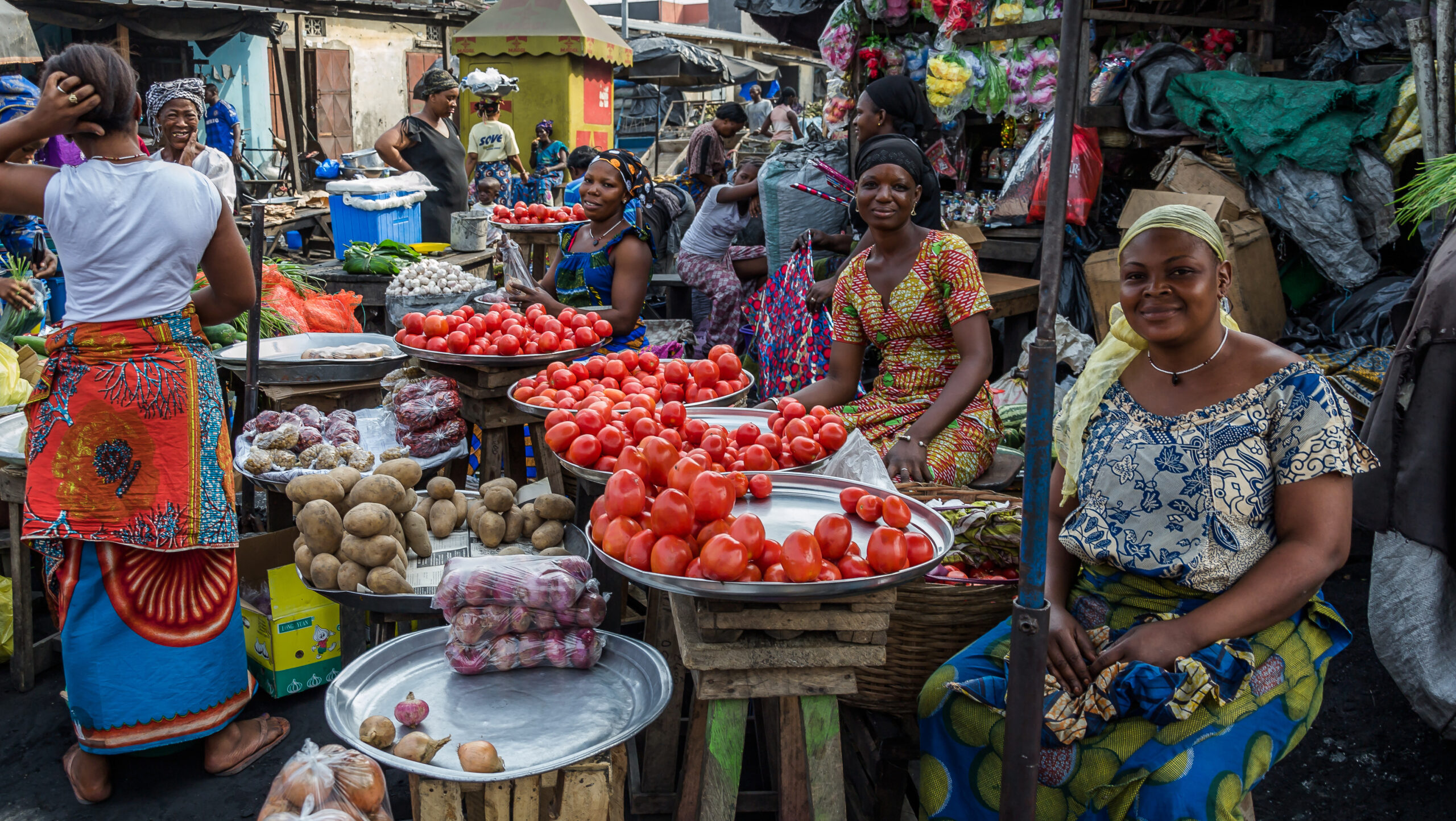It was busier than usual in the village of Nabitula—25 km north of Namatumba in eastern Uganda—on a Thursday morning in August. Fiona, a smallholder farmer in Nabitula, found out the excitement was because a team of government agricultural extension workers had descended on the village. It had been more than eight years since the village was last served by the government extension service, so expectations were high: Maize farmers wanted to know what new varieties had entered the market and which modern farming practices were being promoted these days.
But when the extension agent knocked on Fiona’s door, the excitement quickly faded and then turned into anger and frustration. The agent wanted to know whether he could speak with Fiona’s husband. When Fiona politely inquired why, the agent responded that he needed to work with the person who knew most about maize farming and made most of the decisions. Fiona said that she too works a lot in the family farm’s maize fields. She even has her own plot that she manages herself, a gift from an uncle when she got married. She was eager to increase the yields and profits from this plot to achieve her dream of setting up her own pharmaceutical shop.
But the extension agent was adamant: If she wanted to know about maize farming, she could ask her husband after the training.
Later that day, Fiona met up with her friend Rachel at the market. She told her about the encounter and expressed her frustration about how the extension agent ignored her. Rachel was not surprised: “Look around you, woman, maize is a man’s business! Us women are just to make sure there is food on the table!”
Fiona admitted that this was the general view among many of her fellow villagers, both male and female. Lucrative crops that have a value on the market, such as maize, are monopolized by men, while women are assumed to be mainly responsible for crops grown for home consumption, such as sweet potato or cassava. The fact that all the extension agents also happened to be men only consolidated this view.
The above (fictional) story of Fiona illustrates a well-documented problem in most agricultural extension and advisory systems: Pervasive male bias, where a male extension agent targets the main decision-maker within the household, assumed to be the man. Most extension services assume newly introduced information is freely shared among members within smallholder farm households and tend to ignore the fact that these households are composed of multiple decision-makers, each with their own preferences, capabilities and access to resources.
So this begs the question: Would targeting extension information to women farmers lead to better and more gender equitable outcomes? Would the involvement of women extension agents render agronomic information services more inclusive?
In Uganda, we set up a field experiment to find out.
Using a short video message that shows farmers how and why to use modern maize growing technologies and recommended agronomic practices, we investigated the importance of the gender of the people who receive the information.
In particular, we compared outcomes such as knowledge, adoption of technologies and practices, intra-household decision making, and maize production between farm households where the video was shown to the husband alone, the wife alone, and the husband and wife together, respectively. In addition—to get a sense of the importance of the gender of the people who provide the information—three different versions of the video message were produced. The three videos were essentially identical, with the only difference being that in the first version, all information was provided by a man, in the second version by a woman, and in the third version the information was given by a man and woman acting as if they were a couple. We then compared outcomes between households that were shown different versions of the video.
Preliminary analysis of the data suggests that including a woman during information delivery potentially reduces gender stereotypes related to maize farming, leading men to make fewer unilateral decisions on adoption of practices. Furthermore, we find that if women farmers are also involved in receiving the extension information (either alone or as part of a couple), women make more decisions and also adopt more technologies and practices on the plots they manage. However, this increase in adoption does not lead to higher productivity on women-managed plots. This may be because women tend to adopt technologies or practices that are relatively cheap (such as row planting or weeding), whereas men tend to adopt more expensive technologies such as hybrid seed or inorganic fertilizer. The effects on yields of the former are generally much smaller than the latter.
Our research design also allowed us to explore the consequences of reducing information asymmetries within households by comparing outcomes of households where the information was given to only one of the spouses (either the man or the woman) to outcomes of households where the information was given to the couple.
While we do not find differences in knowledge, indicating that, to some extent, information is shared between spouses, we see that reducing information asymmetries leads to more joint decision-making, more adoption on jointly managed plots and increased productivity under joint management. Finally, our research suggests that women are more likely to adopt good agronomic practices if the information is delivered by a woman.
Fiona’s frustration was well-founded. If Fiona had been invited to the training on modern farming practices, either alone or alongside her husband, and a woman extension agent would have been involved as a trainer, the training conducted in Nabitula might have increased the yields in the maize fields that Fiona jointly manages with her husband and in her own maize fields as well.
Bjorn Van Campenhout is a Research Fellow in IFPRI’s Development Strategy and Governance Division. This post first appeared on Agrilinks. It is based on research that is not yet peer-reviewed.







